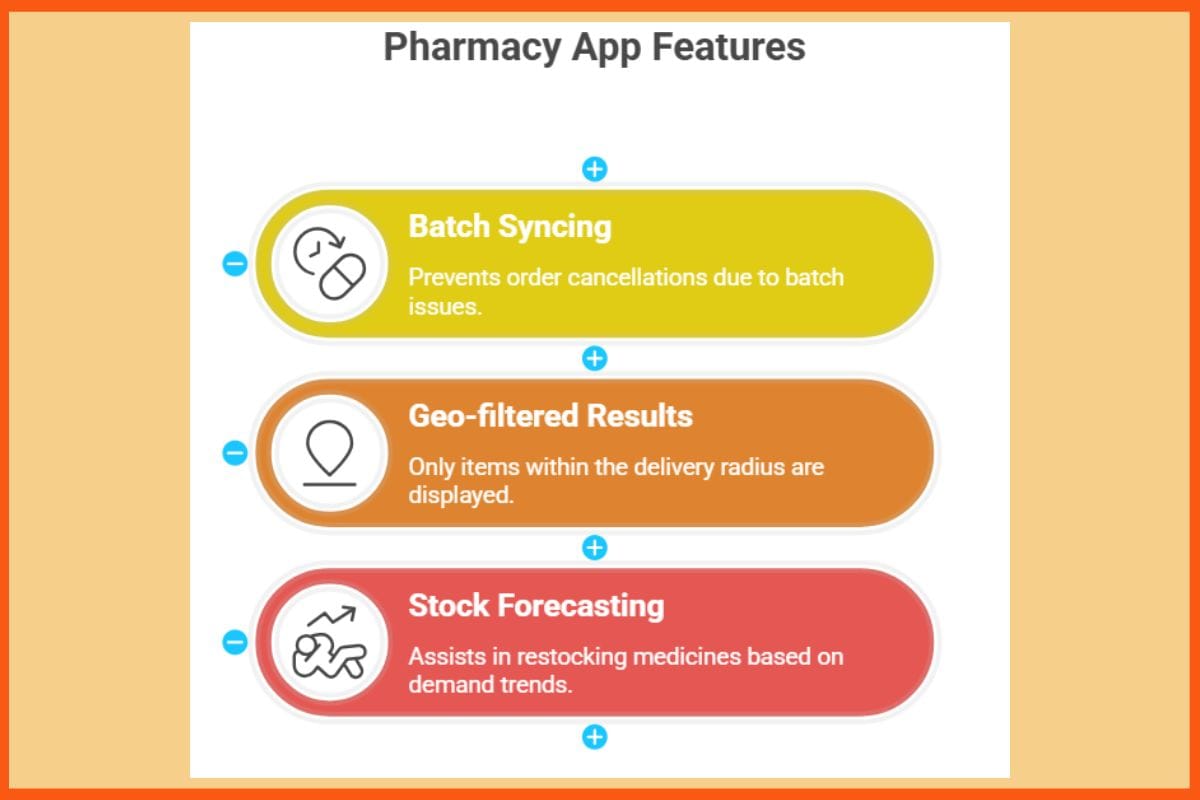This article has been contributed by Gaurav Lekhrajani, CEO and Co-founder of Dava Ninja
Quick commerce, or “q-commerce,” has changed the way we think about delivery beginning as an appealing option for consumers in urban areas to what is now a common business paradigm. However, its use presents special difficulties that extend past speed in highly regulated sectors like healthcare.
Drawing on his own personal expertise in pioneering healthcare q-commerce platform, explains, “We are not just establishing a more rapid supply chain. In a field where sensitivity and immediacy coexist, seamless, reliable service that recognizes the patient’s needs and the product is the true winner.”
The Rise of Health-Focused Q-Commerce
A rising need for domestic health services is driving q-commerce’s entry into the medical sector. Patients want quicker, more reliable delivery for anything from wellness supplies and daily vitamins to urgent prescription drugs for chronic illnesses. Such amenities are particularly needed in urban India, where q-commerce platforms are well-suited to address delivery constraints caused by traffic, mobility, and health facilities.
Q-commerce in the healthcare industry is hyper-local, autonomous, and technology-driven, in contrast to typical e-commerce models that depend on centralised warehouses. It makes it possible for local pharmacies to function like online stores, providing customers with immediate access to products in their vicinity.

Real-Time Inventory Tech: The Backbone of Speed

Live inventory tracking is the first step towards efficient q-commerce supply. Medication availability, expiration dates, and specific handling guidelines are frequently overlooked by current systems. Platforms like Dava Ninja guarantee that clients see correct, real-time product listings by implementing user-friendly technology that integrate with pharmacies’ Point-of-Sale (POS) and stock management systems.
APIs now include the following new features:
- Batch & Expiry Syncing: Prevents order cancellations.
- Geo-filtered Results: Only items that fall within a specified delivery radius are displayed to customers.
- AI-driven Stock Forecasting: Assists in restocking medicines according to trends in demand.
Smart Dispatching Algorithms: Beyond Maps
The average delivery operator concentrates on optimizing routes. However, healthcare q-commerce needs more intelligent routing. Algorithms must now account for:
- Medication-specific restrictions (e.g., pill segregation, cold storage).
- Delivery timing preferences (particularly for senior citizens).
- Several delivery times for ongoing requirements.
Furthermore, depending on unexpected demand, such as during a seasonal flu spike or in areas with a large volume of medication refills, such systems must actively redirect riders to high-priority regions.
Vocal for Local: Partnering with Local Pharmacies
Treating each registered drugstore as a micro-warehouse is a significant breakthrough in the healthcare q-commerce principle. Hundreds of small to medium-sized pharmacies are empowered to join a wider online ecosystem thanks to the “vocal for local” strategy. Platforms incorporate these regional suppliers into a tech-first distribution system instead of creating facilities from the ground up. Some advantages are:
- Reduced delay due to close proximity.
- Increased level of trust in local brands.
- Enhanced product storage as a result of controlled pharmacy conditions.
Higher order volumes, immediate feedback into consumer patterns, and online payment links are all favourable to pharmacies.

Subscription and Refill Innovation
The foundation of patient wellbeing is consistency. Platforms with advanced delivery schedules, prescription reminders, and refill-based subscriptions have a substantial upper hand. For example, Dava Ninja allows users to set up ongoing monthly shipments, combine several household medicines into a single delivery, and get notifications when important prescriptions are about to expire. This increases customer loyalty in addition to improving convenience.
Enhancing the Customer Experience
Q-commerce in healthcare requires a user experience that is pleasant and not transactional. Convenience and dependability must be reinforced at all stages, from browsing to delivery confirmation. Important enhancements include:
- Order monitoring and chatbot assistance on WhatsApp.
- Telephone consults for simple questions that instantly link within the app.
- Feedback channels for both pharmacists and goods.
These resources foster trust, reduce uncertainty, and personalize the encounter.
Flexible Fulfilment = Leaner Margins
This strategy, in contrast to conventional warehouse arrangements, is based on regional execution and market aggregation. It permits:
- No warehousing expenses: The supply remains in pharmacies.
- Just-in-time shipping: Minimal chance of expiration.
- Optimising bundled orders: Combining orders to maximize delivery effectiveness.
“We’re not competing for profits with enormous capital spends,” Lekhrajani states. ” By building a network of local suppliers with digital intelligence, we are expanding.”
Hyperlocal Delivery = Smart Unit Economics
Cost effectiveness is frequently q-commerce’s weak point. However, platforms may reduce per-order expenses by grouping orders, reducing delivery radii, and optimizing routing. Some strategies are:
- Optional supplements to boost the value of the basket (e.g., vitamins or wellness items).
- Suitable delivery fees according to speed.
- Partnerships with numerous brands of pharmacies to prevent delays and shortages.
Additionally, this strategy ensures that users will receive what they require at the appropriate time without putting a strain on their finances.
Tech-Driven Growth Without Heavy Infra
This model’s ability to leverage code rather than building for expansion is among its most viable characteristics. Simply enrolling current pharmacies onto the network is the first step in growing into other cities or villages. Short webinars or app-based lessons are frequently used for training. Technology handles the labour-intensive tasks by:
- Making plug-and-play onboarding possible.
- Supplying pharmacies with information dashboards to control inventory and sales.
- Identifying best-selling SKUs and improving performance via data.
This enables healthcare q-commerce companies to grow rapidly without making significant capital expenditures.
Healthcare q-commerce is a revolution in the way medical attention is delivered to individuals, not just a continuation of convenience capitalism. Speed is still crucial, but success in this market will be determined by the smooth union of savvy logistics, regional alliances, and sensitive customer experiences.
As summed up by Gaurav Lekhrajani, “Your local pharmacy will become your medical tech ally in the future, not simply a store. Q-commerce will serve as the bridge.”


Leave a Reply